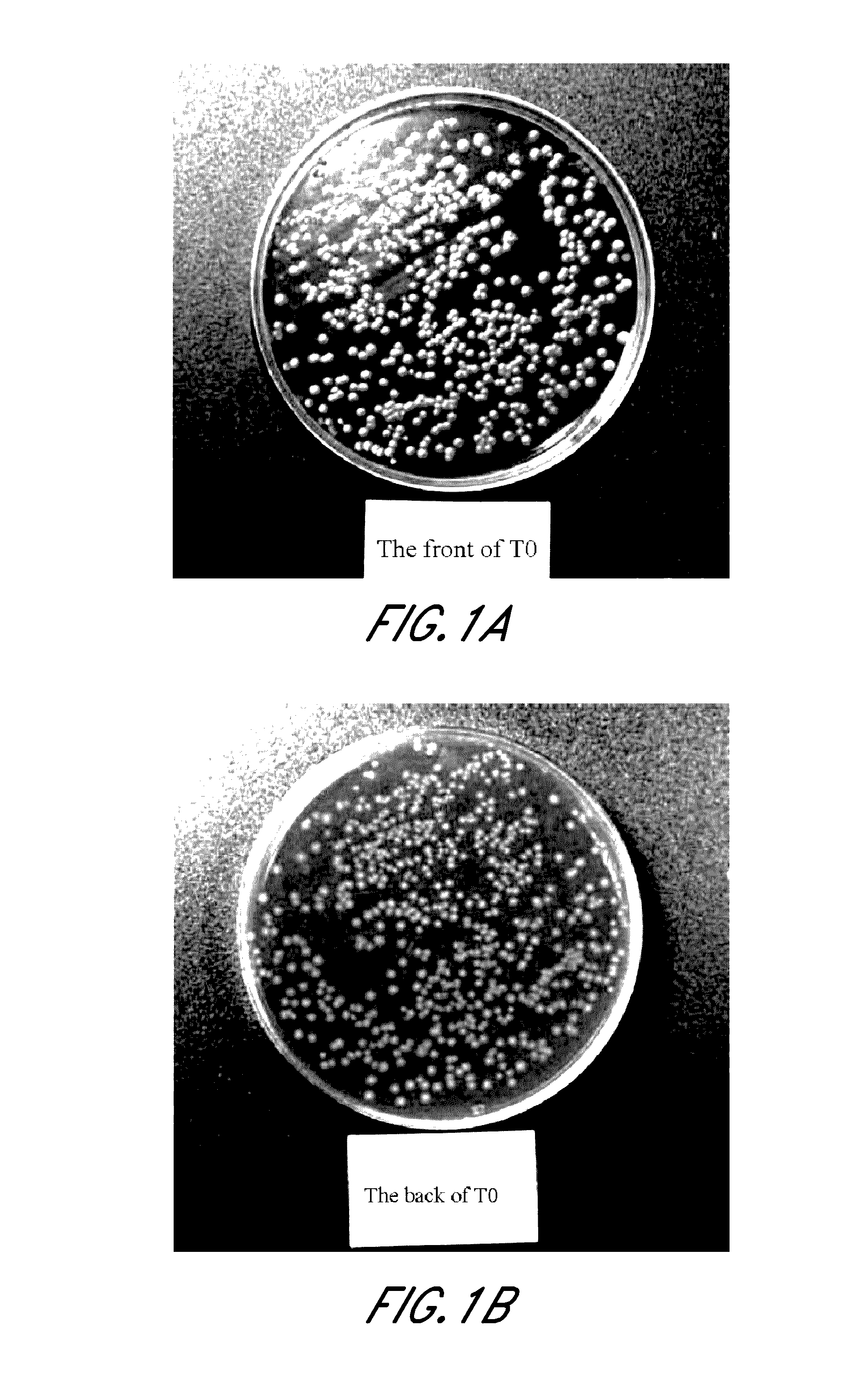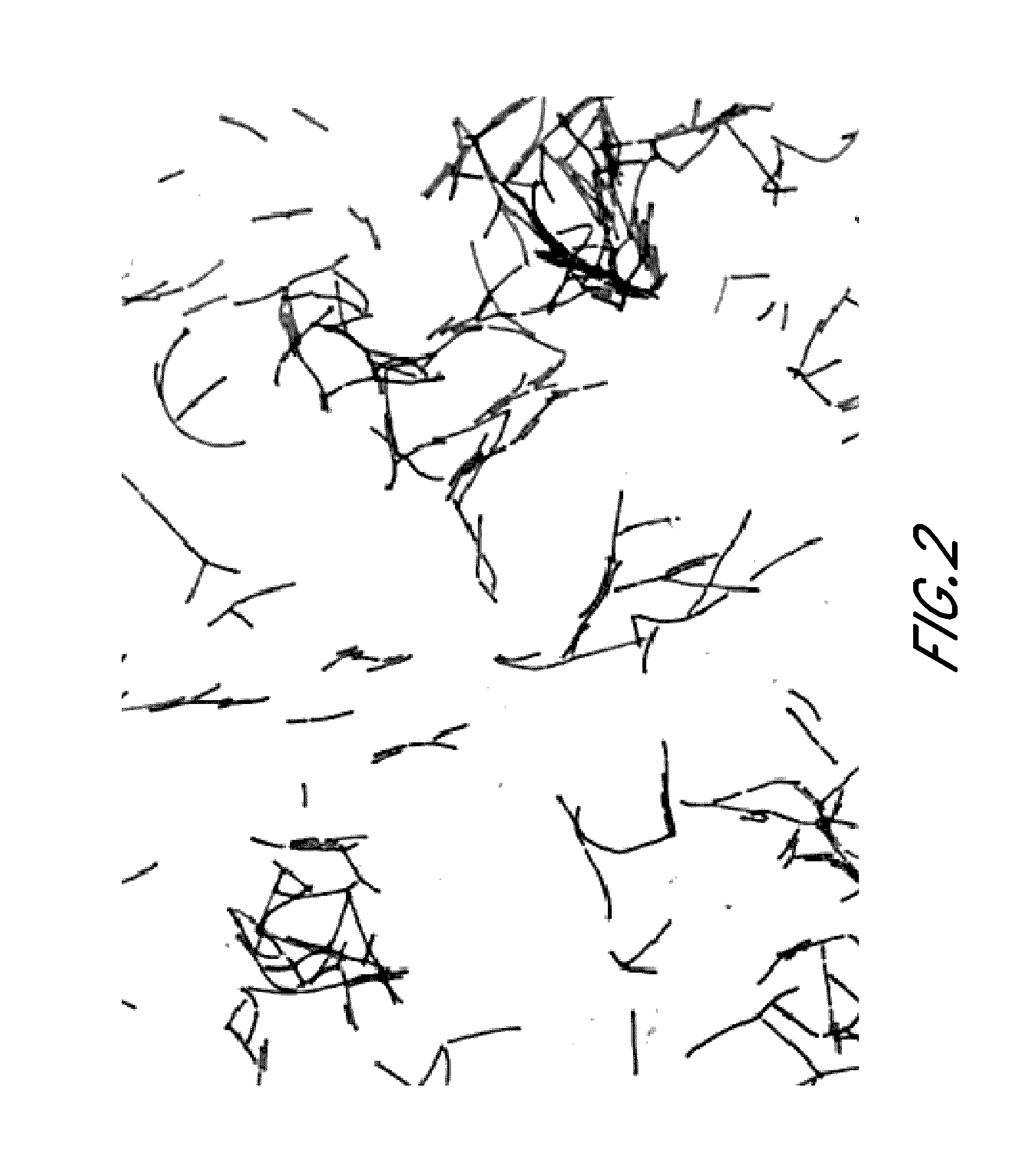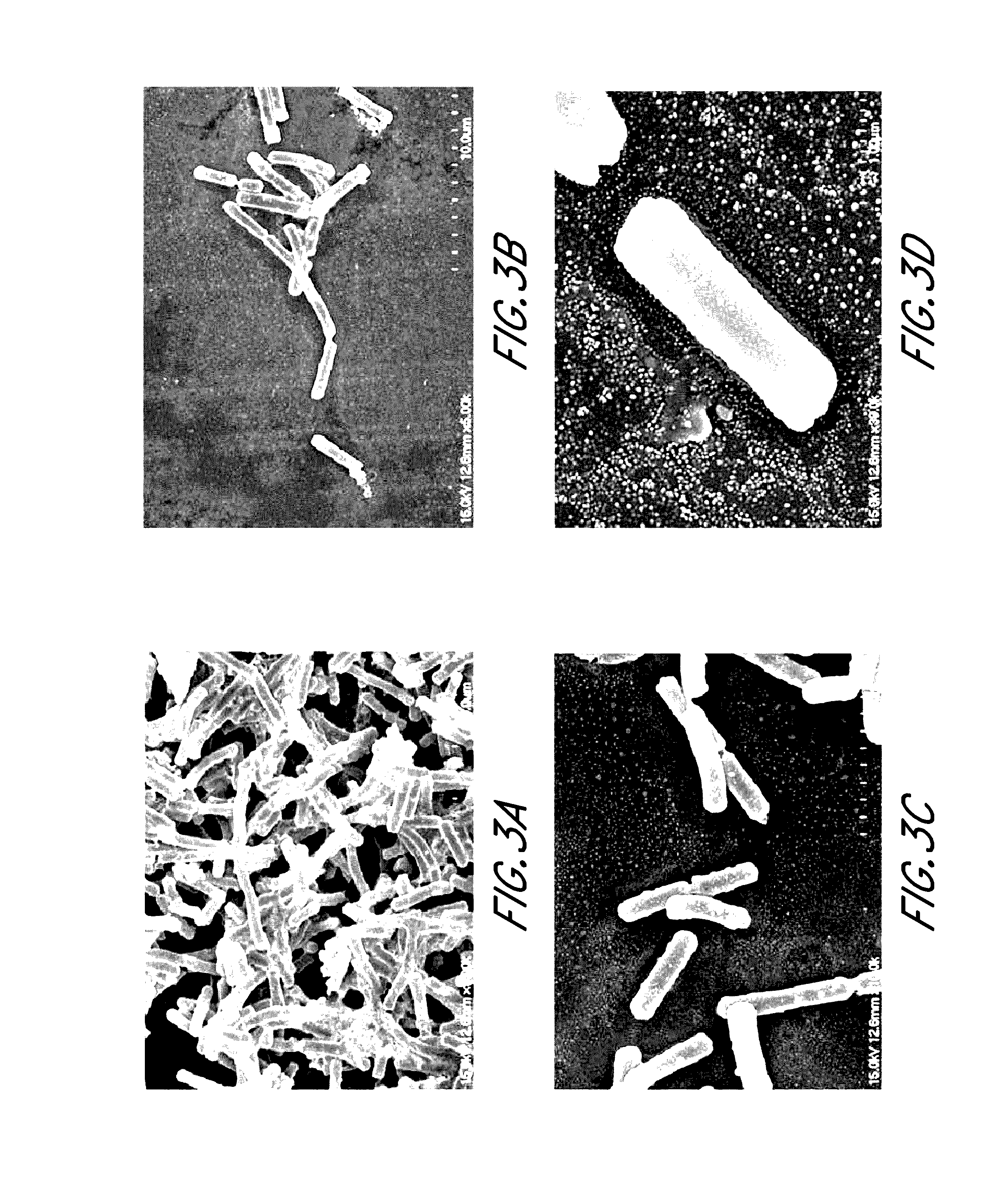Lactobacillus crispatus and application thereof
- Summary
- Abstract
- Description
- Claims
- Application Information
AI Technical Summary
Benefits of technology
Problems solved by technology
Method used
Image
Examples
embodiment 1
The Separation, Inoculation, Purification and Enrichment Culture of the Lactobacillus crispatus 262-1 Flora
[0062]I. Separation and inoculation of the Lactobacillus crispatus 262-1 flora: sample collection uses Port.A-Cd system from American BD company. 1 / 3 of the secretions of the subject's vaginal sidewall are gathered by using two sterile cotton swabs, and are inoculated in the culture dish provided with the prepared Rogosa SL culture medium at different concentrations within 24 hours. Information is marked. The culture dish is placed in a CO2 aerogenesis bag of an anaerobic jar, and is then placed in an incubator at 37° C. for more than 48 h.
[0063]II. Purification and enrichment culture of the Lactobacillus crispatus 262-1 strain: counts are performed according to different morphologies (surface, edge and the like) and sizes of colonies, respectively; the colonies of the same morphology and the same size are marked as one kind, a few bacteria in the single colony are picked by an...
embodiment 2
Identification and Preservation of the Strain of the Lactobacillus crispatus 262-1
[0064]I. Cultural character, staining microscopic examination and morphological feature: as shown in FIG. 1, the colony obtained after culture is circular and cloudy-white full in the middle, disperses around and is irregular; the pure culture smear of the colony is taken for Gram staining, and as shown in FIG. 2, the result presents Gram-positive, is short-rod-shaped, and can be linked to form a long chain; as shown in FIG. 3, the electron microscope analysis results are that: under an electron microscope, the strain is asporous, atrichous and acapsular, and the size of the strain is 26.824×6.667 μm. Results show that: the separated strain is preliminarily judged as the lactobacillus.
[0065]II. 16SrDNA gene sequence identification: DNA extraction is performed with a bacterial genome DNA extraction kit and primer pairs 8F(5′-AGA GTT TGATCC TGG CTC AG-3′) and 926R (5′-CCG TCAATT CCTTTR AGTTT-3′) are ado...
embodiment 3
Determination of Metabolites of the Lactobacillus crispatus 262-1
[0068]I. Determination of lactic acid content in the metabolites of the Lactobacillus crispatus 262-1: the yield of D-lactic acid of this strain is determined to be 6.213 g / L using a D-lactic acid detection kit; and the content of the L-lactic acid is determined to be 3.789 g / L by a sensing analyzer. The results are presented in T0 group of data in the following Table 1.
TABLE 1determined results of the lactic acidD-lactic acidL-lactic acidSamples(g / L)(g / L)T06.2133789T306.3343.330T506.2913.225
[0069]II. Determination of hydrogen peroxide content in the metabolites of Lactobacillus crispatus 262-1: semi-quantitative determination of hydrogen peroxide is performed by the peroxidase method of Mcgroarty et al. The separated and identified Lactobacillus crispatus is inoculated onto an MRS-TMB plate. The plate is taken out after anaerobic incubation at 37° C. for 24 hours, and the bacteria are exposed in the air. The colour of...
PUM
 Login to View More
Login to View More Abstract
Description
Claims
Application Information
 Login to View More
Login to View More - R&D
- Intellectual Property
- Life Sciences
- Materials
- Tech Scout
- Unparalleled Data Quality
- Higher Quality Content
- 60% Fewer Hallucinations
Browse by: Latest US Patents, China's latest patents, Technical Efficacy Thesaurus, Application Domain, Technology Topic, Popular Technical Reports.
© 2025 PatSnap. All rights reserved.Legal|Privacy policy|Modern Slavery Act Transparency Statement|Sitemap|About US| Contact US: help@patsnap.com



